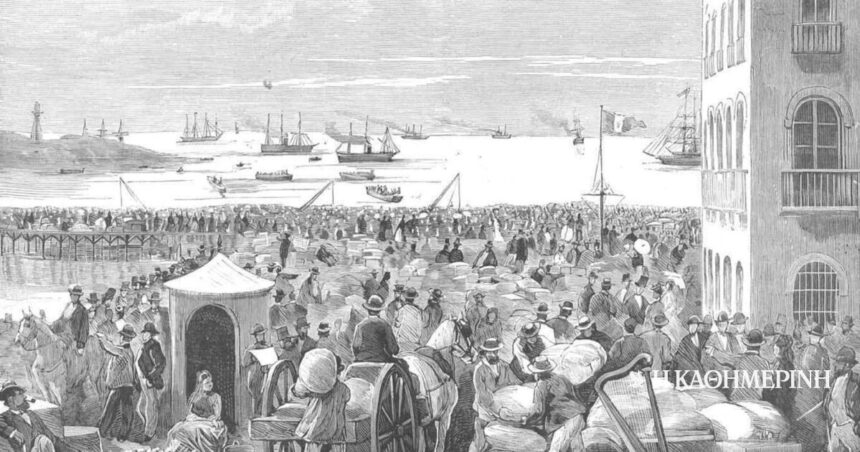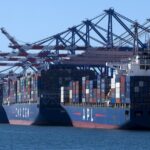The national border in the area between Chile and Bolivan They had not been definitively fixed until the 1870s. The two countries had negotiated a treaty that recognized the 24th parallel as their limit, which gave Chile the right to share the export taxes from the mineral resources coming from the Bolivian territory between the 23rd and the 23rd. The latter, however, in addition to sharing its taxes with Chile, feared the occupation of her coastal area (Antofagasta)as the mineral industry was already controlled by the Chileans.
In 1874, Chilean and Bolivia relations improved with a revised treaty. The good climate, however, was expected to be maintained until only 1878. Disagreements between the two countries would be scaled again. On February 14, 1879, Chile’s Armed Forces occupied the port of Antofagasta. The result of this movement was Bolivia to declare war on Chile and call for help to help Peru. Chile gave its response on April 5, 1879, when it declared the war on both countries. THE Pacific waras it was called, had now broken out.
The societies involved were mobilized to an unprecedented degree, making this conflict a decisive event for building their national identities. The type of each side fueled nationalist feelings with an aggressive and racist depiction of opponents. However, things would evolve differently for those involved.
The conflict led to a clear victory over Chile.
Chile easily occupied the coastal area of Bolivia and then attacked Peru, where it again prevailed in naval operations. Then came the land invasion of the Chilean Army, which resulted in occupation of Lima in January of the following year. Peruvian resistance would continue for three more years, mainly by encouraging United States.
The conflict led to a clear victory for Chile: the hitherto vague border were re -engraved in favor of an expanded Chile. Specifically, on October 20, 1883, Peru and Chile signed the condition of Ancónwith which the Tarapacá province was granted to the latter. Chile was also to occupy the Tacna and Arica provinces for 10 years, after which a referendum was to be held to determine their future. However, this diplomatic dispute – also known as a matter of the Pacific – would continue for years. Only in 1929, with the mediation of the United States, an agreement was finally reached, with which Chile kept Arica. On the other side, Peru has suffered a loss of thousands of people – 1/3 of its forces – and many wealth resources.
In terms of developments with Bolivia, in 1884, a truce was signed that gave Chile to control the entire Bolivian coast (Antofagasta province) and the mineral industry – a permanent arrangement in 1904. In return Chile agreed to build a railway to connect the Bolivian capital with the port of Arica With the guarantee of freedom of transit for Bolivian trade through ports and territory of Chile.
It is clear that this war had a deep and long -term impact on the geopolitical balance of South America.
Column: Myrto Katsigera, Vassilis Minakakis, Antigoni-Despina Poumenidou, Athanasios Syroplakis






